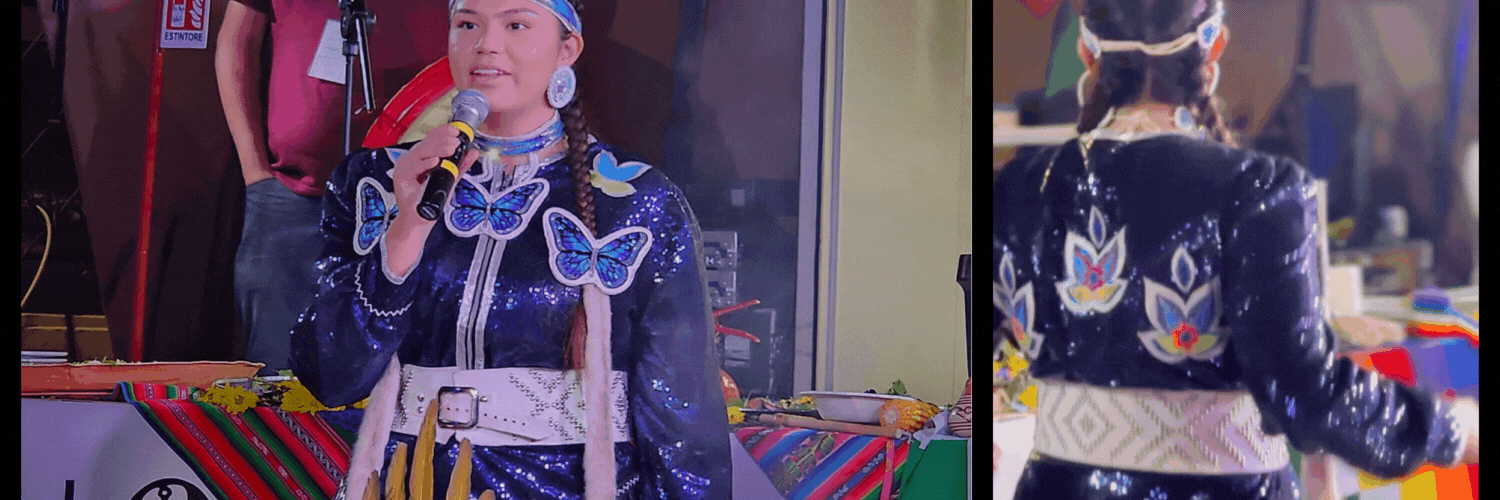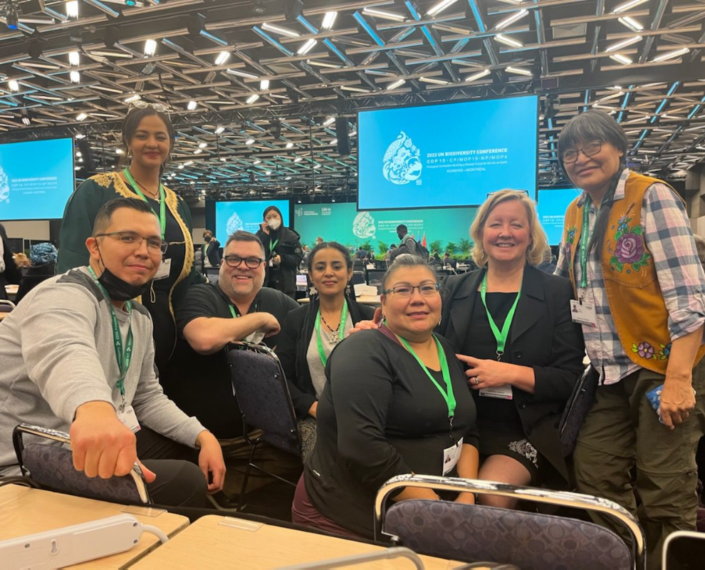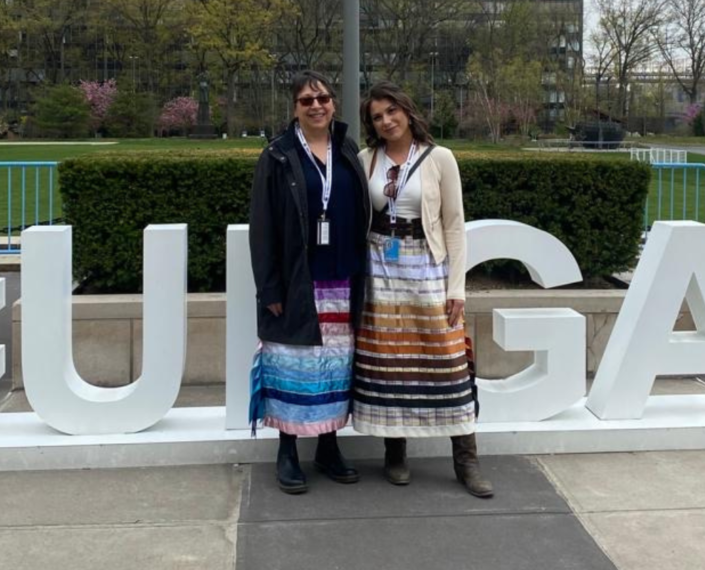Since the beginning, the Ărramăt Project emphasizes the importance of creating a meaningful space for Indigenous youth, Indigenous students, and non-Indigenous students to engage in research, education, conferences, and work related to biodiversity and wellbeing. With over 140 projects being funded, one of our key priorities is to share and connect youth and students to the many potential opportunities that are available. We are excited to be able to share some of the outcomes of student and youth engagement as our project continues to grow!
We’ve reached out to some of our Team Members who have been involved in large research networks to get their guidance on Youth and Student engagement:
Leadership of Local People
The international nature of the Ărramăt Project means that there will be opportunities for students to assist with and participate in projects from other parts of the world. Knowledge-sharing and learning from new people and contexts is an exciting and essential part of research, however, it is important for potential students or visitors to know that Ărramăt’s Indigenous-led research projects should be led by the local people, and those coming from outside need to learn from the locals.
“We are happy to share our experiences and work with people in that capacity, [but] we strongly believe that people here have all the knowledge and the capacity to do this type of work.”
– Alejandro Argumedo, Ărramăt Co-Applicant, Asociación ANDES
Importance of early incorporation of Indigenous Knowledge in Education
“Indigenous cultural exchanges are really good, because you see the similarities with other cultures. Especially when you start talking about things like medicine and the spirituality behind it. I find those things very similar with the conversations I’ve had.”
– Jamie Watson, Ărramăt Co-Applicant, Ko Moehau Ki Tai Project
A key opportunity for the Ărramăt Indigenous-led research projects that was brought up during interviews with Indigenous project collaborators was the chance to give Indigenous youth the opportunity to engage with Traditional Knowledge and practices through all stages of their education.
“We need to prepare these young students, so that they are ready and proud of their community and cultures, and local wisdoms. Once they leave for post secondary, they can bring all these knowledges with them.”
– Prasert Trakansuphakon, Ărramăt Co-Applicant, Pgakenyaw Association for Sustainable Development
Language is key to Indigenous-led projects
Language is another key part of the Indigenous-led projects – prioritizing the use and learning of Indigenous languages in the various projects funded through Ărramăt will not only provide opportunities for Indigenous youth involved to engage with their language, but also emphasize the role of language in Indigenous knowledge and wellbeing.
“Language is very important, language is the very root of who we are.”
– Prasert Trakansuphakon, Ărramăt Co-Applicant, Pgakenyaw Association for Sustainable Development
Importance of student input in learning objectives
The Ărramăt Project also seeks to ensure that Indigenous students and youth are engaged in all aspects of the project. This includes having a voice! We emphasize the importance of including their feedback, opinions, and ideas, as well as defining research priorities and key issues for study.
Importance of a platform to connect and share information
Connecting Elders with Indigenous students participating in the Indigenous-led place-based projects is another important opportunity provided by Ărramăt funding.
Indigenous Cultural Exchanges
“Indigenous cultural exchanges are really good, because you see the similarities with other cultures. Especially when you start talking about things like medicine and the spirituality behind it. I find those things very similar with the conversations I’ve had.”
– Jamie Watson, Ărramăt Co-Applicant, Ko Moehau Ki Tai Project
One of our project’s major strengths is that we have the ability to connect Indigenous youth and students from all over the world through travel, conferences, and cultural exchanges. We have many opportunities for youth and students to network and connect with each other! We have already participated in some cultural exchanges at two United Nations Events – The United Nations Permanent Forum on Indigenous Issues in May, 2022, and the United Nations Convention on Biological Diversity in December, 2022.
If you are an Indigenous youth or student, how can you get involved with the Ărramăt Project?
The first step is to reach out! If you are interested in engaging with our project, please send us an email at info@arramatproject.org. We have many opportunities available and we can help support you finding the perfect fit.
Additional Opportunities for Indigenous Youth/Students
- Open to Ărramăt Indigenous Youth: Join us at one of our weekly Ărramăt Team meetings or Pathway meetings – please email dsouza@ualberta.ca for more information.
Additional Resources:
Do you want to connect with other youth in a youth-specific project? Please email us at info@arramatproject.org to find out how you can get involved. We would love to hear from you.
This page was developed through interviews with the following Ărramăt Team Members:
These interviews were conducted by Indigenous Youth, Kantuta Conde Choque (Aymara, Bolivia).
This page could not have been developed without the hard work of all those involved.





